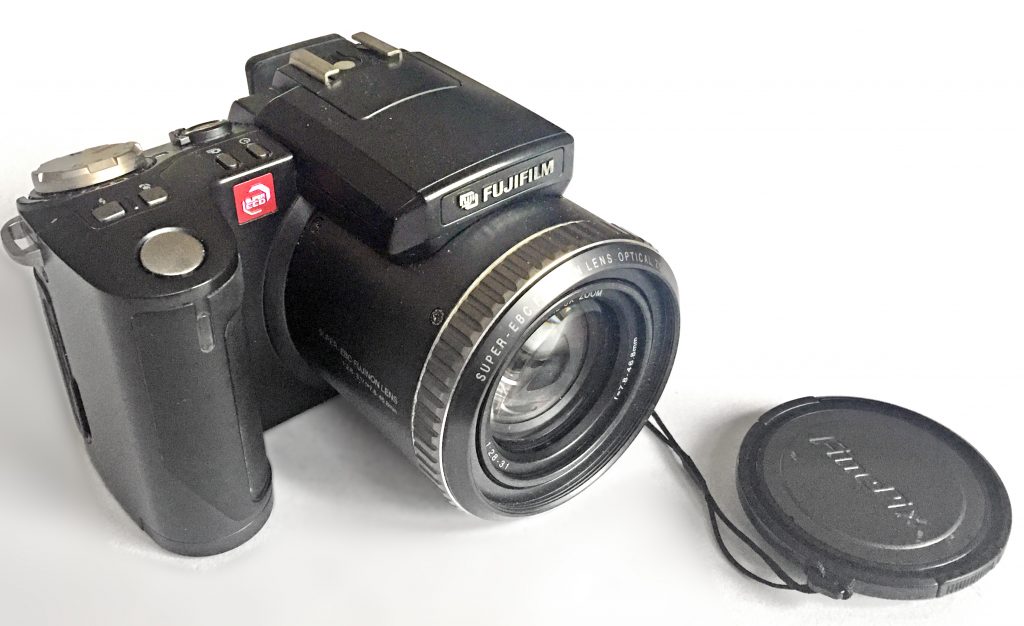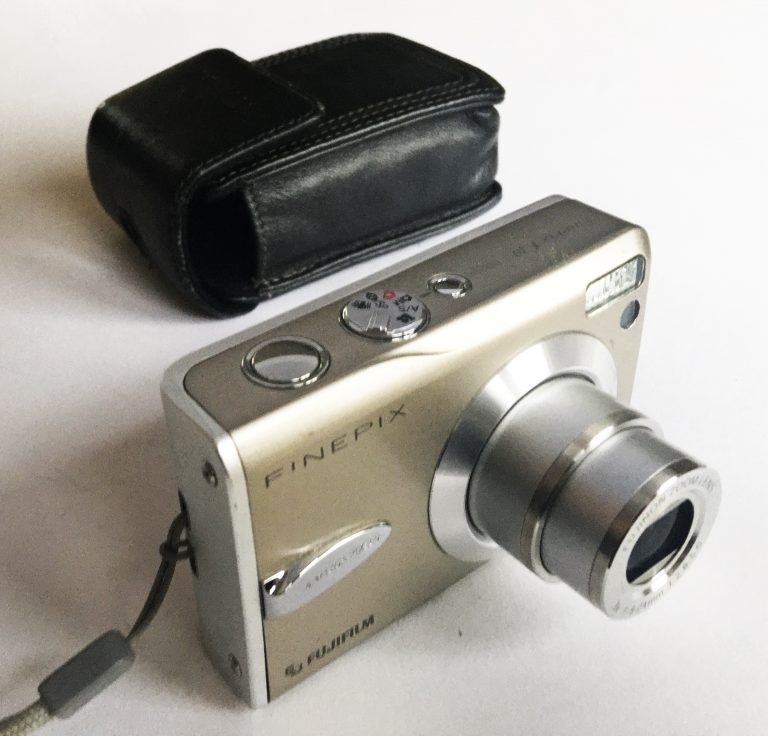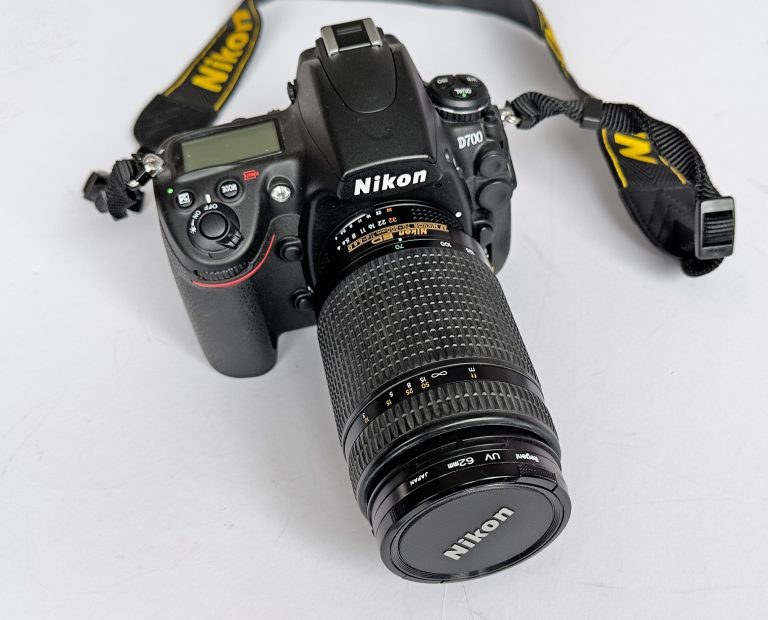Around the end of the 20th Century, digital cameras began to replace film cameras. They revolutionised photography as they were cheap to run (no film to purchase or process) and were convenient to use. Initially they were expensive, and the image quality was questionable, but as the 21st Century progressed they became more capable and cheaper to buy.
Strangely film cameras are making a comeback, especially with those too young to remember them!
2001 FujiFinepix 6900z
My first digital camera, it took all the images for my LRPS panel. Amazing quality from what is in effect a 3.3 million-sensor Super CCD that generates image files of up to six million pixels. The camera has manual focus and shutter controls, six shooting modes and 13 f-stop aperture control settings. The FinePix 6900 Zoom features a large-diameter, 6X Super EBC Fujinon aspherical zoom lens (f/2.8 – f/11) with a focal length equivalent to 35-210mm on a 35mm camera. Shutter speeds range from 3 to 1/2000 sec., and the camera offers an adjustable ISO sensitivity of 100/200/400. Other features include a built-in, miniature electronic through-the-lens viewfinder, a 2 inch LCD playback monitor and built in pop-up flash or hot shoe mount for flash systems`

2006 Fuji F30
Introduced in 2006. According to Jeff Keller, (DCResource.com) “The F30’s claim to fame is its high ISO performance, which is unmatched in the compact camera arena. It offers low light performance that approaches (but doesn’t match) digital SLRs and it’s pretty good at the other stuff too”. I used it to take some night shots in Ilfracombe prior to our daughters wedding in 2012, and they were unbelievably good.

2008 Nikon D700
This was my Dads last camera. It was sold from 2008 to 2012 when it was replaced by the even better D800.
I borrowed it from time to time, on one occasion to take shop-floor photos of employees of TI Automotive (in Deeside) when the level of light was very low.
In 2008 DPReview they said of this camera “In conclusion the Nikon D700 is an excellent camera that is extremely versatile and performs well both in the studio and on location. No doubt it sets a benchmark in the ‘compact’ pro bracket of the market”.

2018 Sony A7iii
This is my current camera, although I rarely use it, preferring the convenience of my iPhone.
According tio RTINGS.com “The Sony a7III is an excellent full-frame camera that offers a ton of value for its price now that it’s been superseded by the Sony α7 IV. With plenty of native and third-party lens options, an amazing-for-its-time autofocus system, and a sensor that still holds up remarkably well regarding image quality, the a7III has much to offer for those looking for a full-frame mirrorless camera. Just don’t expect the latest and greatest video features or quality-of-life features like a more intuitive menu system and more robust weather-sealing”.
